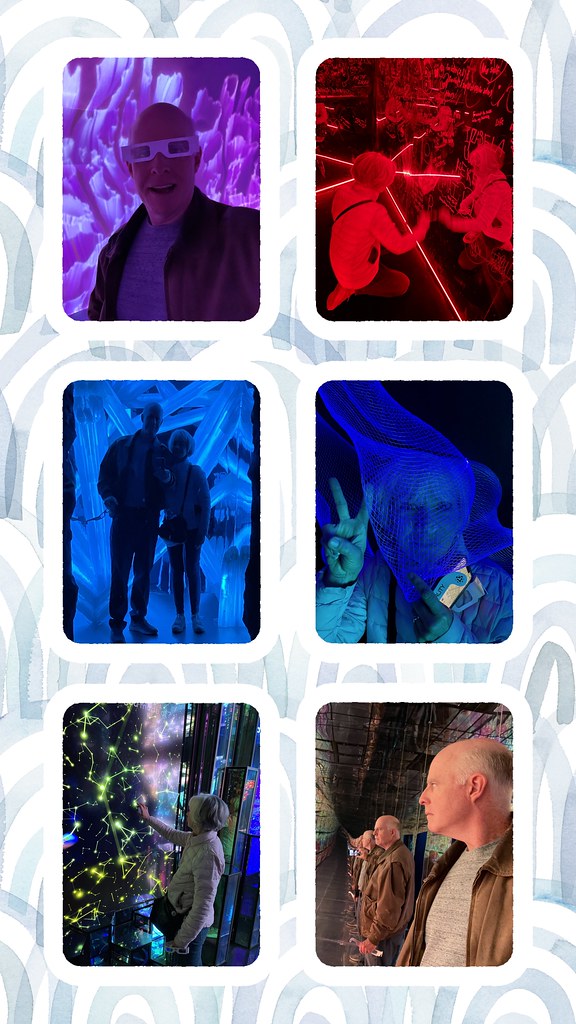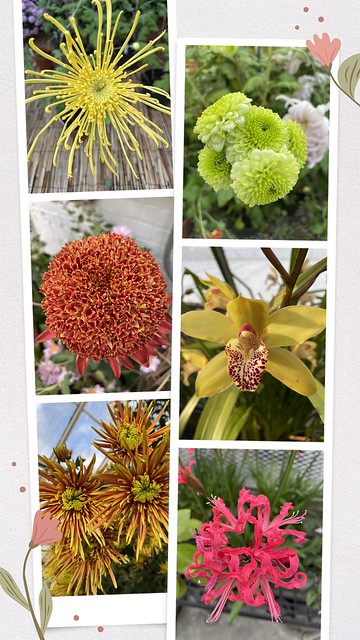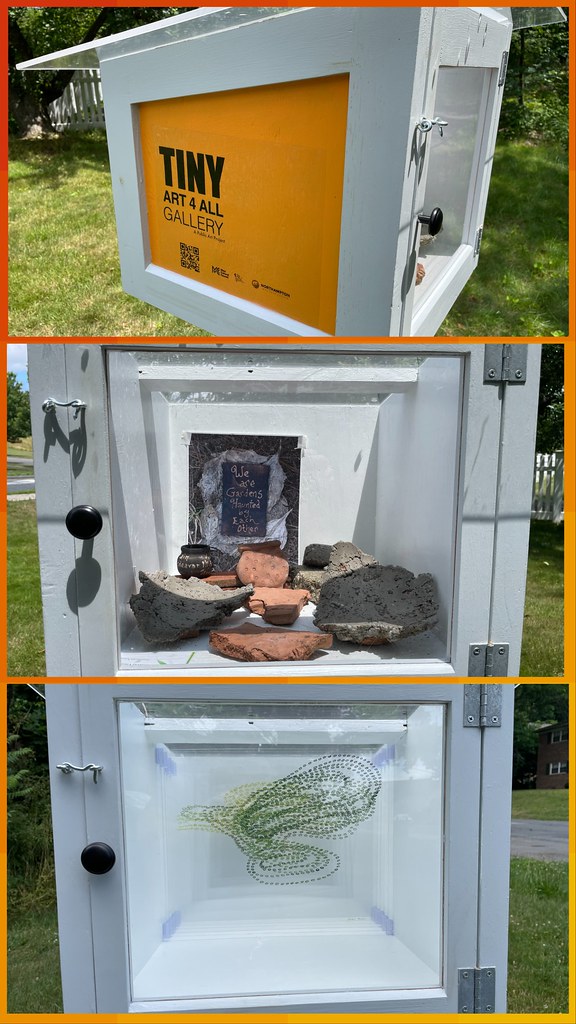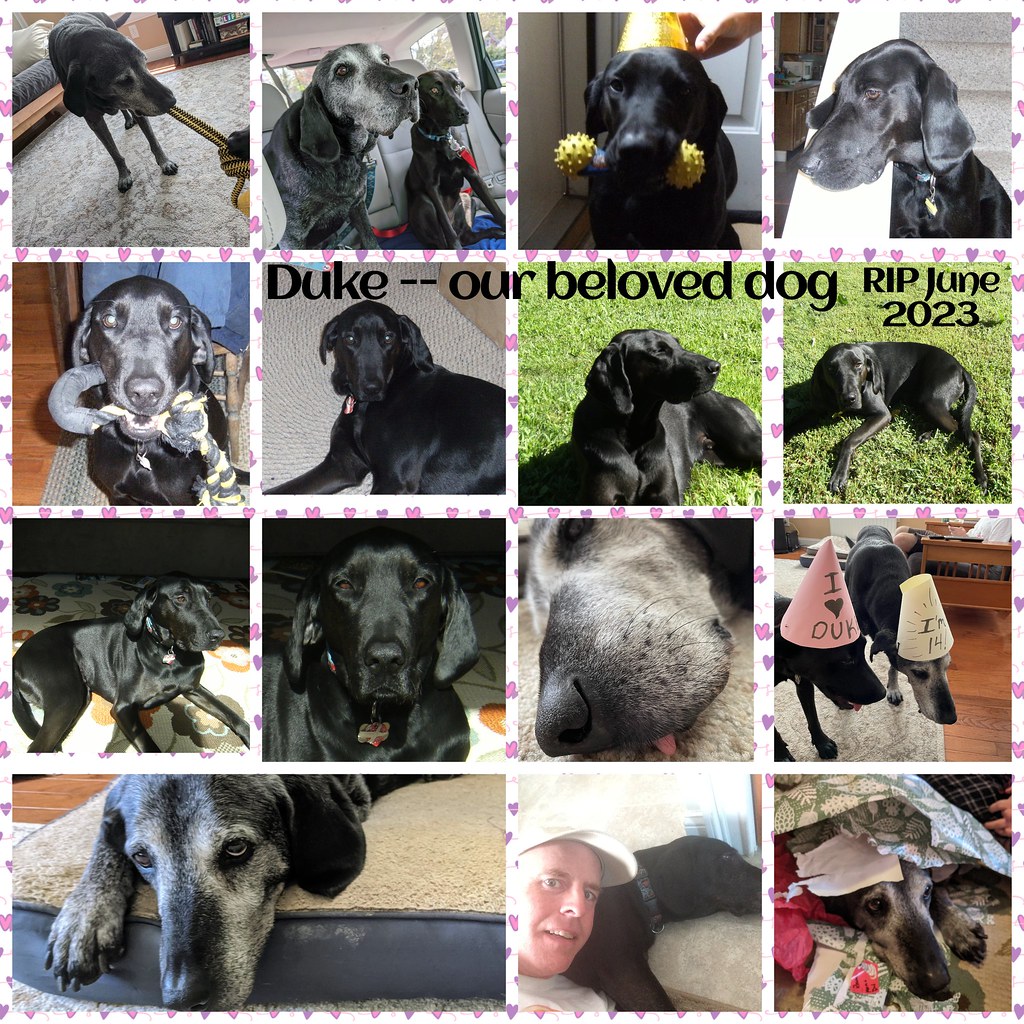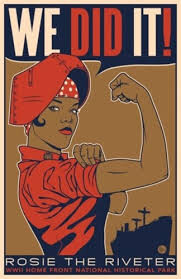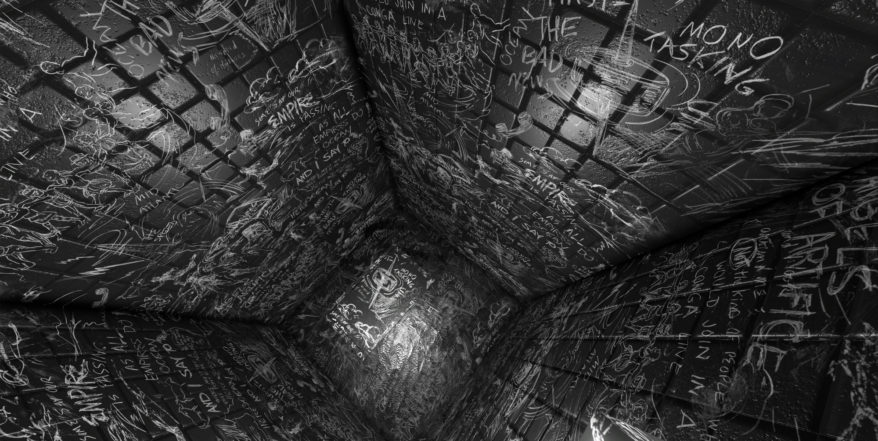 Tyler Weaver, in his newsletter, wrote this passage about blogs (such as this one you are reading) in a way that I thought captured my own sense of why I continue to come to this space, writing and sharing and thinking out loud.
Tyler Weaver, in his newsletter, wrote this passage about blogs (such as this one you are reading) in a way that I thought captured my own sense of why I continue to come to this space, writing and sharing and thinking out loud.
“… blogs work best as a crossroads between a stream and a collage made human by the collision of processings and ruminations through time, simultaneously representative of an individual, fleeting moment and the totality of those moments in a perpetual unfolding … ” – Tyler Weaver
Tyler’s newsletter — MacroParenthicals — is a quirky dive into comics, music, media, writing and other creative strands that he pulls on and looks at with a distinct voice.
Tyler’s piece had me thinking (yet again) of this blogging space, and how my view of it has changed over time. It used to be more of a space that I imagined as “outward” facing — sharing with other bloggers, and being connected into larger blogging networks — but now I see it more as a reflective space, something more “inward” where I am curating my writing and thinking. My audience may be smaller (I may be my only audience) but I still keep the door open for others (you, perhaps?) to peek in and see what I’m up to.
Peace (in the unfolding),
Kevin
PS — and then later, I found this piece by James Shelley — What’s The Fun In Writing On The Internet Anymore? — that has an ancillary point about the act of writing on an Internet full of AI bots and algorithms:
Write here because ideas matter, not authorship. Write here because the more robots, pirates, and single-minded trolls swallow up cyberspace, the more we need independent writing in order to think new thoughts in the future — even if your words are getting dished up and plated by an algorithm.
Those who write — those who add ideas instead of paraphrasing and regurgitating them — inform the lexicology and mental corpus of how we think in the future. Indeed, the point isn’t “being an author,” but contributing one’s perspective, even if one’s personal identity is silenced, erased, and anonymized along the way.
– James Shelley

